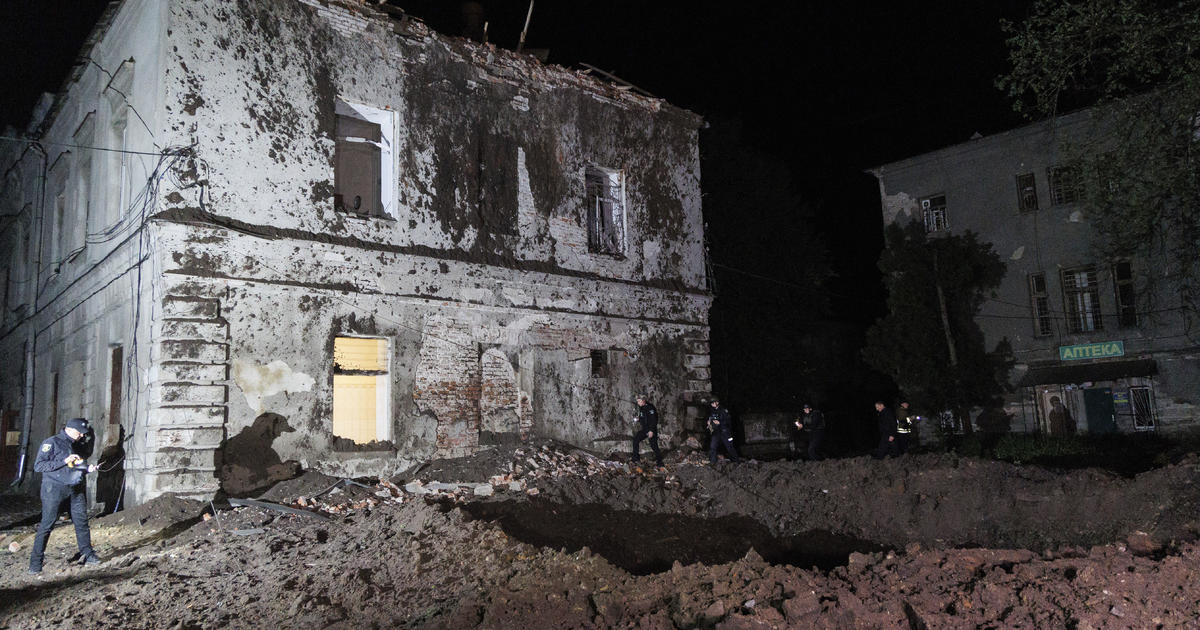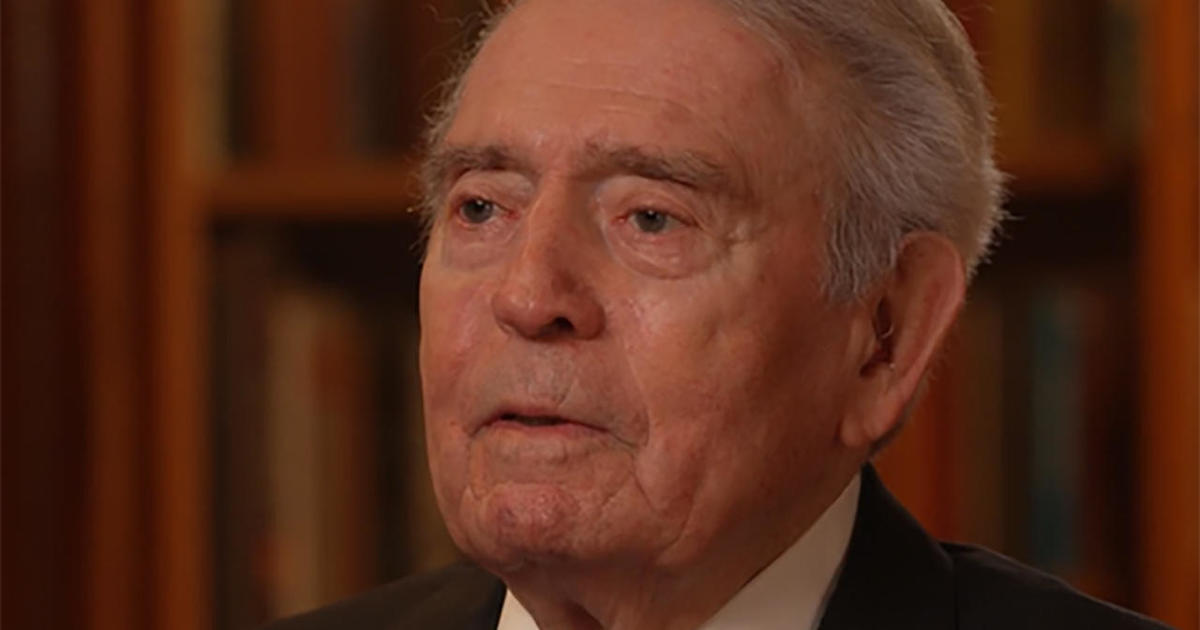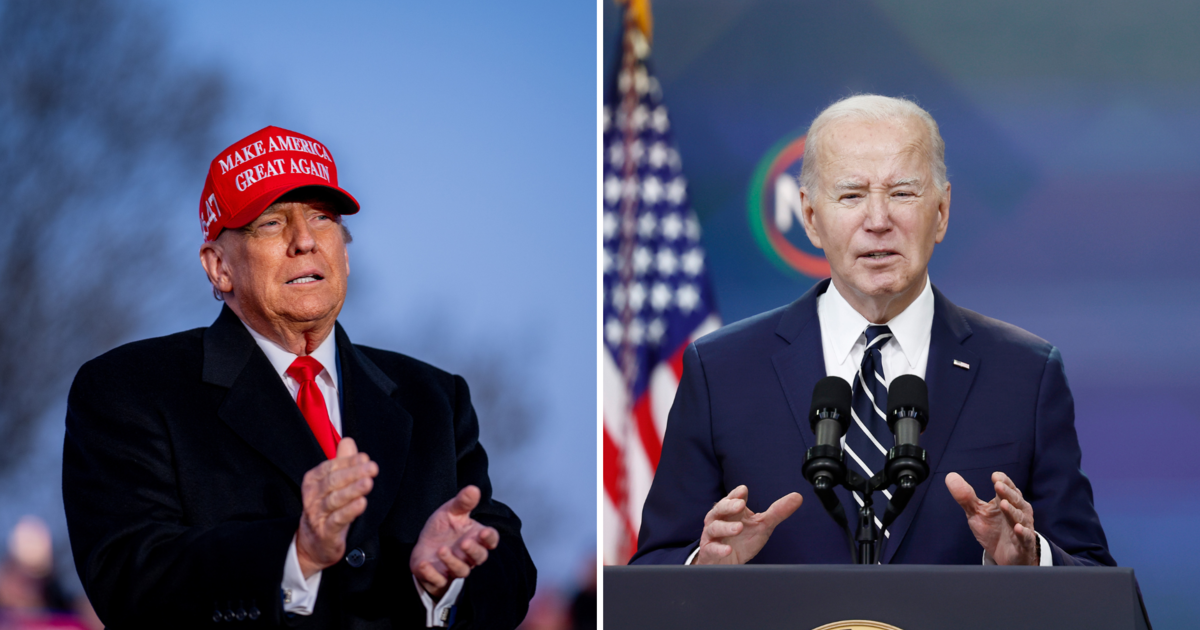Chairman of the Joint Chiefs of Staff discloses details about Niger ambush
Chairman of the Joint Chiefs Gen. Joseph Dunford disclosed details Monday about the ambush in Niger earlier this month that left four U.S. soldiers dead, as the Trump administration faces questions about a lack of transparency.
Dunford explained that U.S. troops have been in Niger -- off and on -- for more than 20 years, and that since 2011, French and U.S. troops have trained a 5,000-person West African force to fight terrorists. Currently, 800 U.S. troops are based in the region, Dunford said. They are focused on defeating violent extremists such as Boko Haram, al Qaeda and the Islamic State of Iraq and Syria (ISIS), Dunford said.
On Oct. 3, 12 members of the U.S. Special Operations Task Force accompanied 30 Nigerien forces on a civil reconnaissance mission to gather information near the area of Tongo Tongo. The assessment, Dunford said, was that contact with the enemy was "unlikely."
On the morning of Oct. 4, U.S. and Nigerien forces began moving back south en route to their operating base and the patrol came under attack from about 50 enemy combatants using small arms fire, rocket-propelled grenades and technical vehicles, Dunford said. He said he didn't have any reports of any IEDs being used. Dunford described the fighters as an "ISIS-affiliated group" or local tribe fighters associated with ISIS.
After an hour of U.S. and Nigerien forces taking fire, the team requested support, Dunford said Monday. Within minutes, a remotely-piloted aircraft, he said, appeared overhead, and within an hour, French jets arrived. Later in the afternoon, French attack helicopters arrived and a Nigerien quick reaction force.
Dunford said that during the firefight, two U.S. soldiers were wounded and evacuated by French aircraft, which was consistent with the evacuation plan in place for that operation. Three U.S. soldiers who died were evacuated on the evening of Oct. 4 and at that time, Sgt. La David Johnson was still missing. On the evening of Oct. 6, his body was found and evacuated.
The White House was notified, Dunford said, as soon as they knew a U.S. soldier went missing.
He said it was fair to conclude that it was about two hours between the time initial contact was made with the enemy to the time the initial French Mirage jets arrived on scene. He added that he couldn't "definitively" say how far Johnson's body was from the initial site of contact.
Dunford said that the U.S. team found themselves in a "very complex situation" and the first thing military officials will do once the investigation is complete is visit the victims' families in their homes with a team of experts and share all of the facts.
One element the Pentagon plans to investigate, Dunford explained, was whether the mission changed and if the joint U.S.-Nigerien patrol decided to do something different.
He said that as part of the investigation, there will be people on the ground retracing their steps and measuring the distances between each site in order to provide detailed graphics of how the attack happened and how it unfolded.



